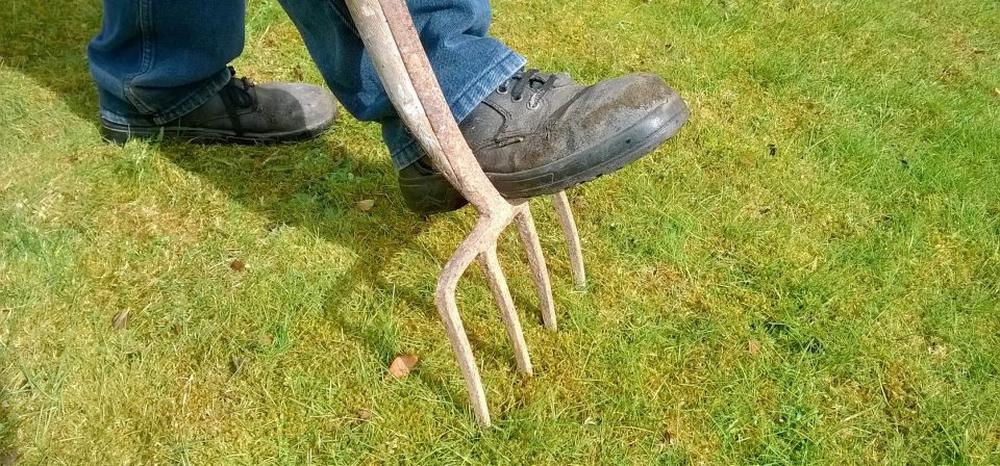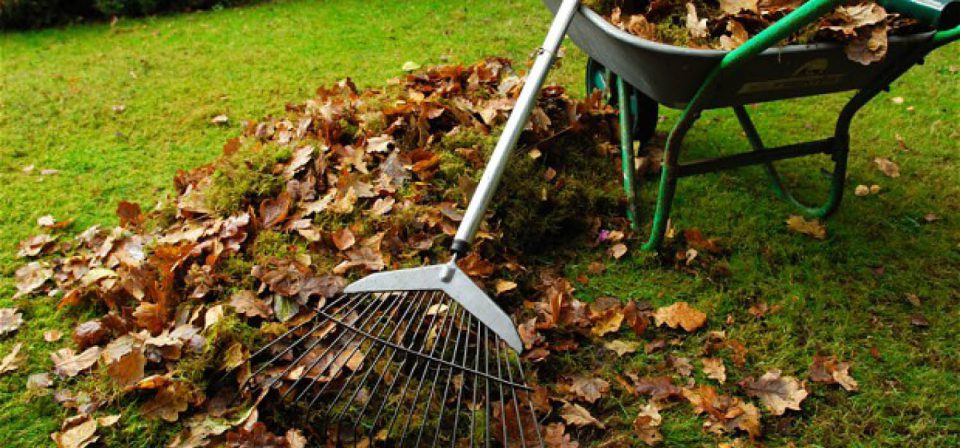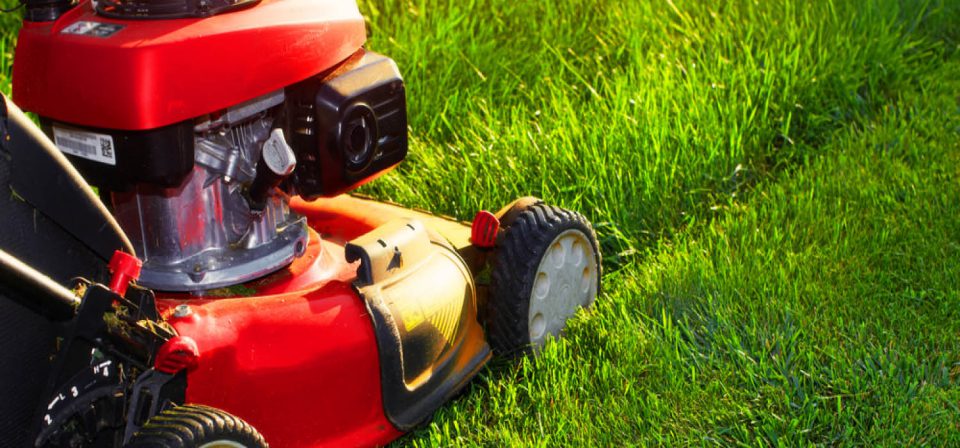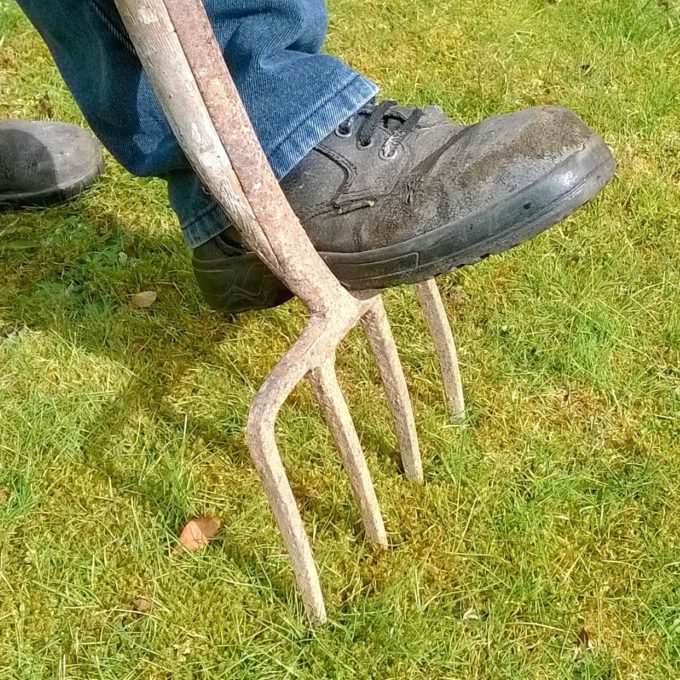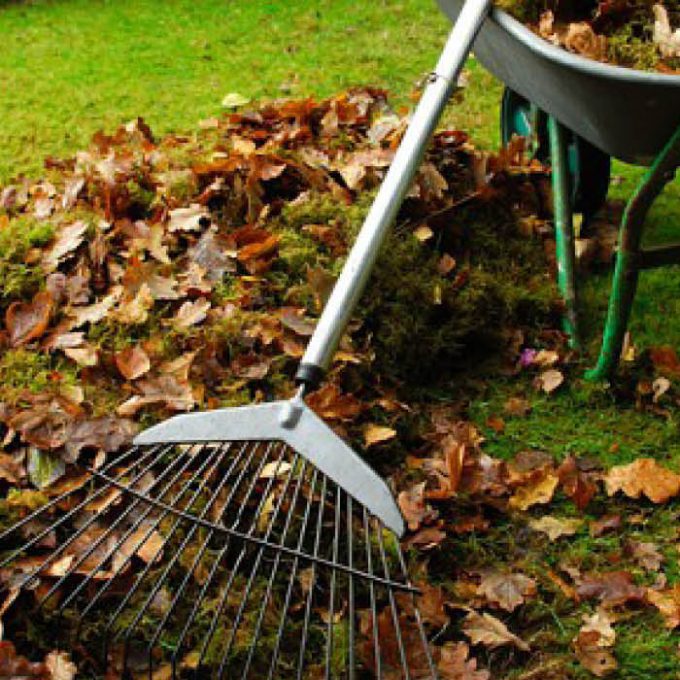September is the ideal month to give your lawn some TLC and revitalise it for the months ahead.
After the summer, our lawns can be looking a little worse for wear. With heavier footfall, changeable weather (our summers can be either too dry or too wet!) and other factors at play, that can be looking a little brown and unattractive. But they can be repaired and returned to their former glory by spring with a few simple steps. These are best done when we still have relatively warm daytime temperatures.
Chris Gasken, our Garden Retail Services Manager, provides advice on autumn lawncare and his top tips to keep your lawn looking greener for longer!
“The number one mistake most people make is to not rake off leaves regularly. They can cause major problems if not cleared up quickly, as they prevent air, light and water from reaching the lawn, the very things it needs to survive.”
First thing to do is actually check the grass – whether it is just brown and not dead. Brown grass is in a dormant state and sometimes can be brought back to life with a little rain or watering. It usually takes a couple of inches of steady rain to encourage greening after a Summer drought. If your grass recovers, see our tips below to keep it going from strength to strength. However, you may still find it a little patchy and thin in areas, which is not a problem, follow the simple steps to below…
- If you find that your grass has recovered, then:
- Keep your mower on a high setting until the middle of next Spring.
- Give the lawn a generous feed with an autumn fertiliser to strengthen roots, feed the grass and protect during the winter months.
- Rake off leaves regularly, don’t let them build up as they prevent the grass getting vital nutrients and encourage fungal diseases.
- Aerate the lawn to ensure penetration of further rainfall and oxygenation. To aerate, either use a fork – work the tines into the ground at 10-12 inch intervals, or for larger lawns use a rolling tine.
- Next year, vary your mowing height – Keep high at the start of Spring and lower as things warm up. Raise again for Summer (if it’s dry) and lower again as growth picks up in early autumn. Raise again for the last few cuts of the year.
If your lawn is still patchy, then:
- Begin by scarifying your lawn to clear away any dead material, dead grass, roots and debris (known as thatch). Wire raking will help eradicate this or you can use an electric scarifier if you have a larger lawn.
- If necessary, apply a moss killer. Some are specifically for moss removal (such as Maxicrop Moss Kill Tonic) whilst others are mixed with lawn fertilisers (such as Miracle-Gro Evergreen Moss Kill or Viano Mo Bacter Organic Lawn Fertiliser & Moss Killer). For more information on removing moss, please see our Moss Guide.
- Spike/aerate your lawn to ensure good drainage and help reduce compaction, which is the primary cause of the onset of moss. To aerate, either use a fork – work the tines into the ground at 10-12 inch intervals, or for larger lawns use a rolling tine.
- Once aerated, apply your chosen grass seed and fertiliser. Don’t delay in treating thin or bare patches as they will very quickly become a target area for weeds, weed grasses and moss. Once weeds establish they create even more work, so you need to repair all areas with your chosen grass seed before problem plants appear and take over. We recommend using Miracle Gro Patch Magic. Sprinkle over the seed, water amply and ensure remains moist.
- New seed should germinate and grow in days – d0 not mow these areas for at least a month. If you need to neaten them, just clip with shears.
What’s the difference between autumn lawn fertiliser and a spring one?
The main difference is that the autumn fertilisers have much less nitrogen (which greens up the grass and gets it growing) and more phosphates. Phosphates stimulate root growth, and this is important to strengthen the roots and prepare them for the winter ahead.
Secondly, you won’t find any weed killer in autumn fertiliser. The reason for this is that the method of weed killing in spring lawn products works by stimulating the growth hormone in weeds (which is different to the one in grass) so that the weeds grow faster than they can take up nutrients and water so die. Weed growth reduces greatly in autumn so the weed killers are not as effective.
Tips for maintaining a green grass for longer next year:
- Match your mowing height to the conditions.
- Rake up leaves regularly, don’t let them smother the grass.
- Water only when the lawn tells you to, not because you think you should. Your soil type, grass type, exposure to the sun and wind are just a few of the factors that will determine how often you need to water.
- Maintain good fertility as this helps grass tolerate heat stress and make deeper roots.
- Aerate the lawn to keep the surface open to showers.
Coolings Professional Lawn Care Service offers a lawn revival treatment the combines scarification, feeding and over-seeding in the same visit.
Call Chris Gasken on 01959 532269 for a free estimate.





